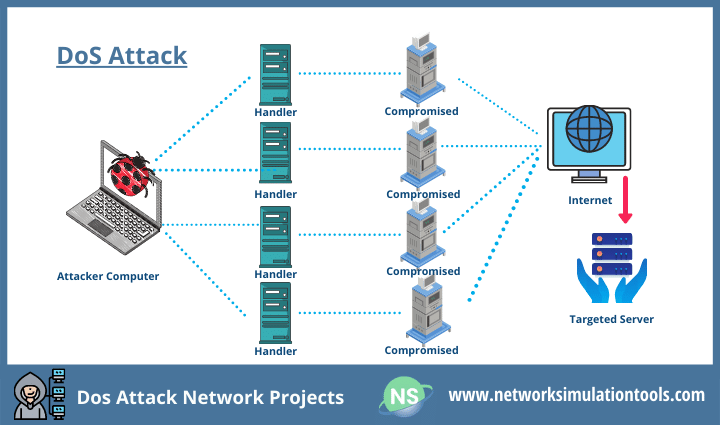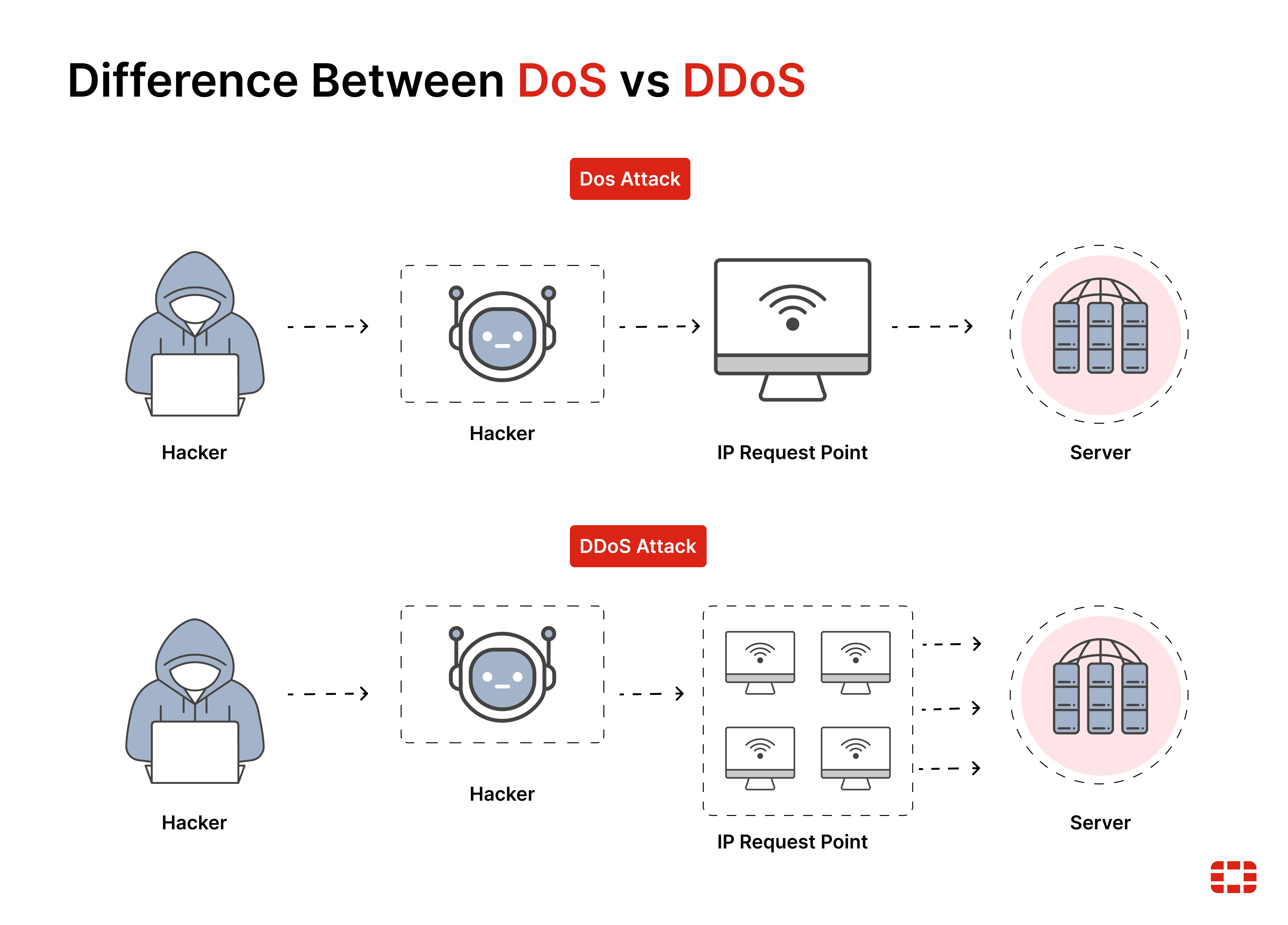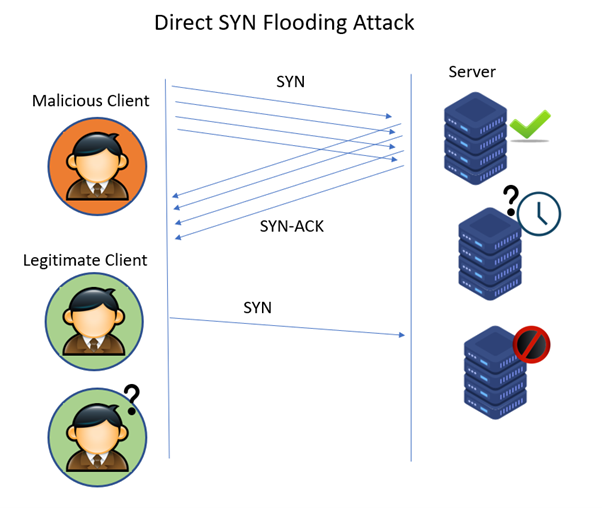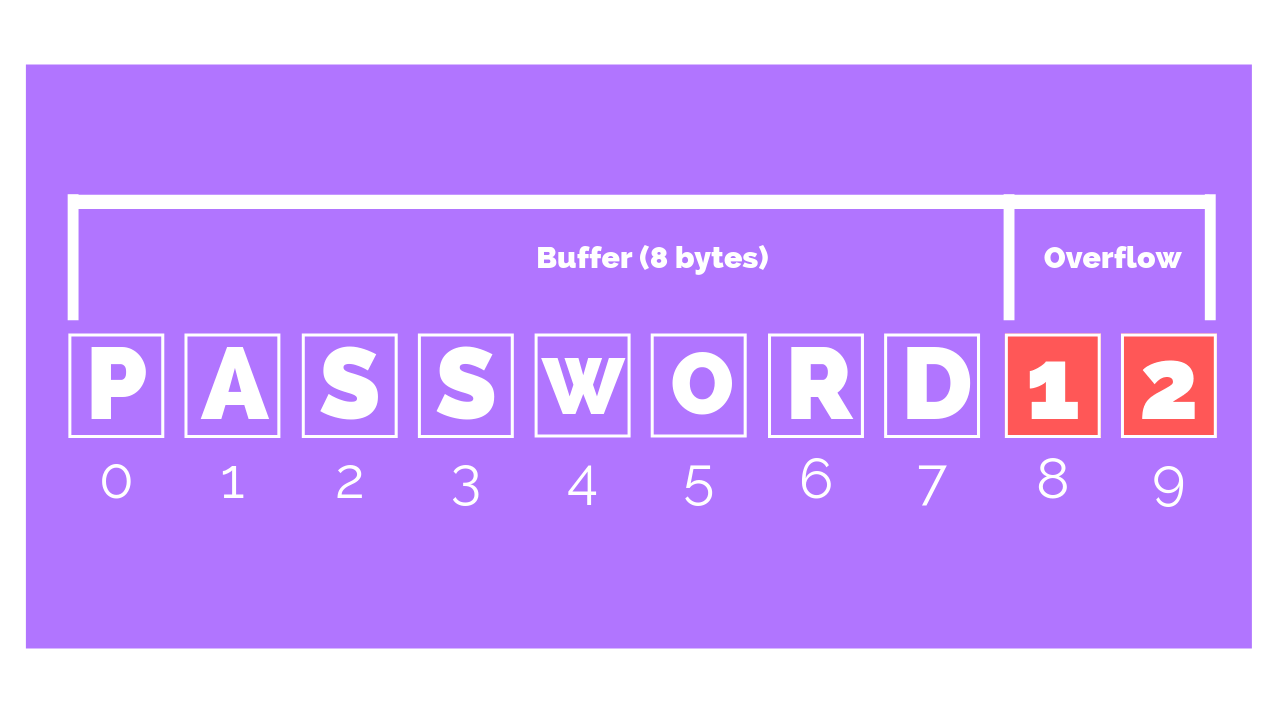Availability Attacks
Availability Attacks
Availability Attacks
- attempt to limit the accessibility and usability of a system.
- Availability attacks vary widely,
- consume the processor or memory resources on a target system, that system might be unavailable to legitimate users.
- doing physical damage to that system.
Availability attack methods
Denial of Service (DoS)
sending the target system a flood of data or requeststhat consume the target system’s resources.- some operating systems (OS) and applications might crash when they receive specific strings of improperly formatted data,
- attacker could leverage such OS/application vulnerabilities to
render a system/ application inoperable. - The attacker often uses
IP spoofingto conceal his identity when launching a DoS attack.
Distributed Denial of Service (DDoS)
- DDoS attacks can
increase the amount of traffic floodedto a target system. - an attacker compromises multiple systems (
zombies), which canbe instructed by attacker to simultaneously launch a DDoS attackagainst a target system.
TCP SYN Flood
- One variant of a DoS attack
- the attack can
send multiple SYN segments to a target system with false source IP addressesin the header of the SYN segments. - Can never complete the three-way TCP handshake.
- Because many servers limit the number of TCP sessions they can have open simultaneously,
- a SYN flood can
render a target system incapable, can not open a TCP session with a legitimate user.
Buffer Overflow
Buffer: a area of memory, a computer program that has been given a dedicated area of memory to which it can write.Buffer overflow: a program attempts to write more information than the buffer can accommodate.- Injects code written by a malicious user into a running app.
- Exploiting the
common programming error of not checking whether an input string read by the app is larger than buffer(the variable into which it is stored).
- If permitted to do so, the program can fill up its buffer and then have its output spill over into the memory area being used for a different program.
- This could potentially
cause the other program to crash. - Some programs are known to have this vulnerability (the characteristic of overrunning their memory buffers) and can be exploited by attackers.
This post is licensed under CC BY 4.0 by the author.






Comments powered by Disqus.